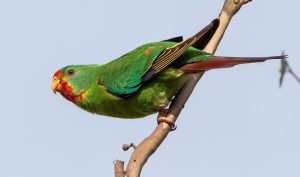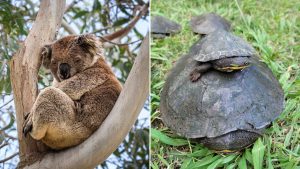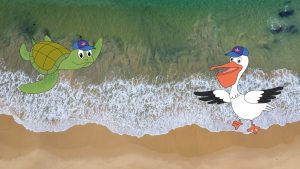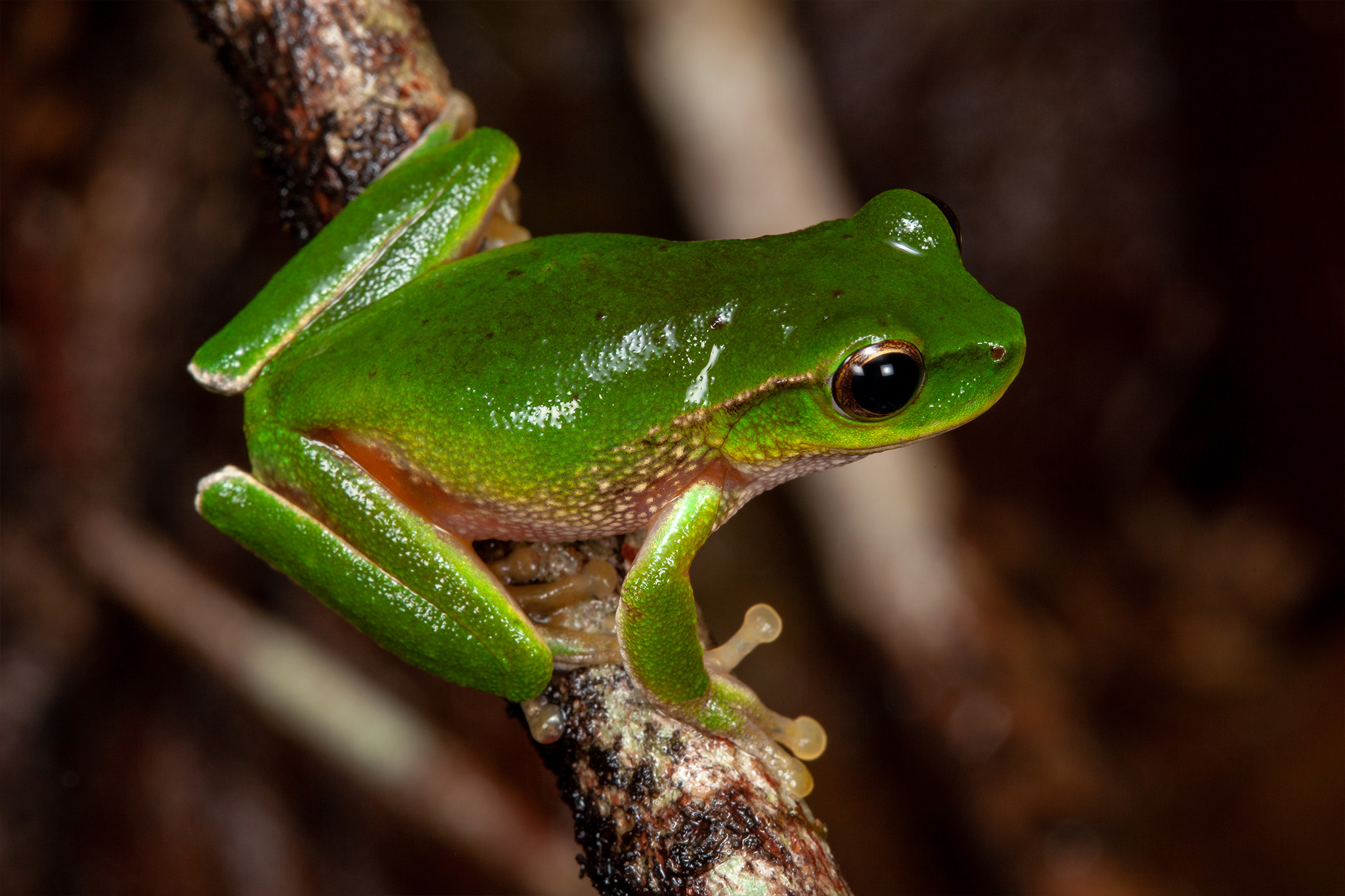
Frogs of the Hunter Region
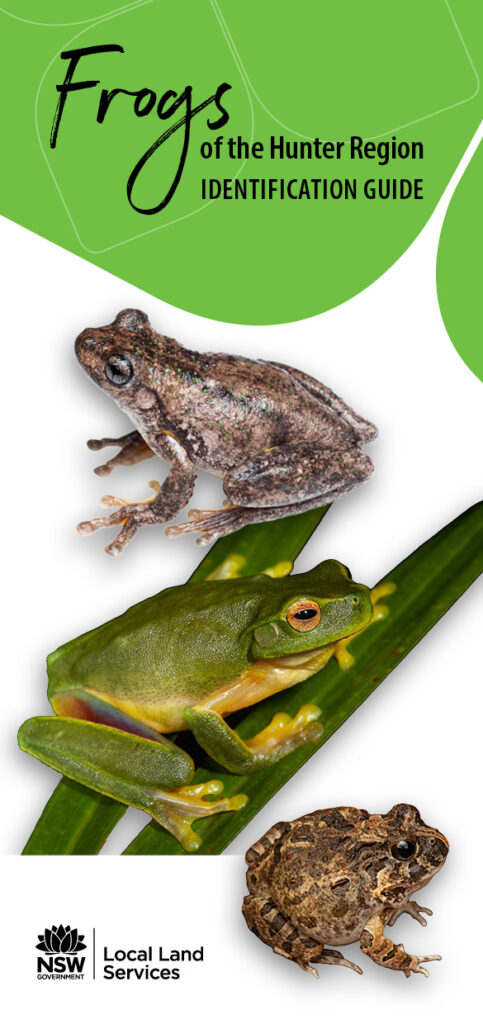 The Hunter Region is a large and geographically diverse area covering the Upper Hunter, Lower Hunter and Mid Coast areas and containing the state’s second largest city, Newcastle. The environment is a mixing zone between bioregions of the Sydney Basin in the south, NSW North Coast, and the southern Brigalow Belt in the west. In addition, the region varies from lowlands with coastal plains and swamps up to sub-alpine mountains, dense forests and a large portion of naturally open grassy woodland. With such diverse ecosystems and habitats, it is no wonder the Hunter Region has such a rich diversity of Amphibian fauna, with 48 species of native frog, an amazing 20% of Australia’s recognised frog species, occurring within the region.
The Hunter Region is a large and geographically diverse area covering the Upper Hunter, Lower Hunter and Mid Coast areas and containing the state’s second largest city, Newcastle. The environment is a mixing zone between bioregions of the Sydney Basin in the south, NSW North Coast, and the southern Brigalow Belt in the west. In addition, the region varies from lowlands with coastal plains and swamps up to sub-alpine mountains, dense forests and a large portion of naturally open grassy woodland. With such diverse ecosystems and habitats, it is no wonder the Hunter Region has such a rich diversity of Amphibian fauna, with 48 species of native frog, an amazing 20% of Australia’s recognised frog species, occurring within the region.
Frogs of the Hunter Region aims to assist with the identification of these 48 native species as well as one invasive species, the cane toad (Rhinella marina). Unfortunately frogs across Australia face many threats with land clearing, feral predators or competitors, pollution, climate change, and an invasive fungal disease leading to the decline of many species.
While some species within the Hunter Valley are thriving and commonly seen within local backyards, the region is also home to 12 threatened frog species that have declined in number. The conservation of our local frogs depends on our understanding of them and with the development of fantastic citizen science projects everyone can play a role in understanding where frogs are and how their populations are changing over time. This citizen science project also helps you to learn to identify the frogs you find.
Hunter Local Land Services contracted PeeKdesigns to design this book with the intent to provide an easy to use reference for the greater community. The guide was written by Stephen Mahony for NSW Local Land Services. Cane toad text and images were supplied by DPIE NSW.
For more information or to obtain a hardcopy of the book, please contact Hunter Local Land Services on 1300 795 299. Alternatively you can download a copy in the link below.
DOWNLOAD
Top photo: Litoria barringtonensis (Credit: Stephen Mahony)

